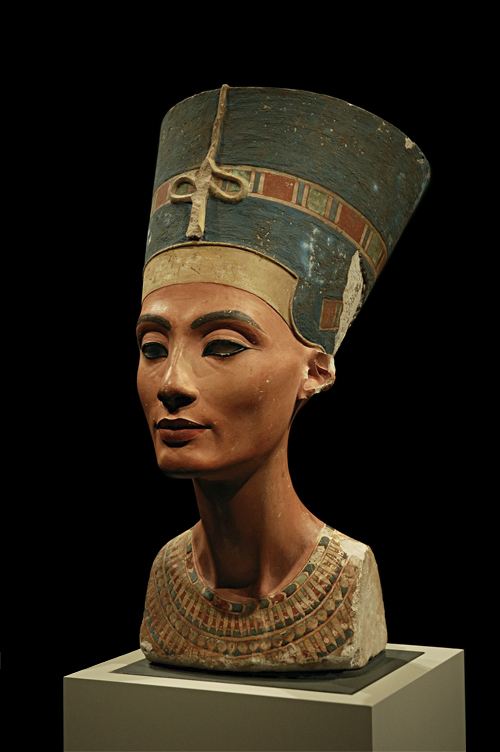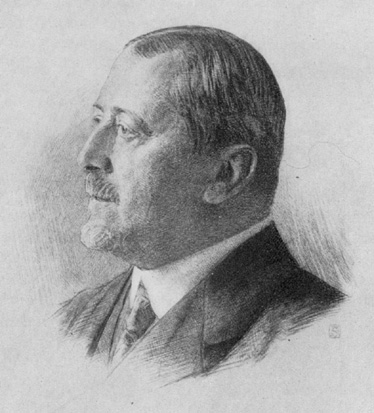|
Berliner Griechische Urkunden
BGU or Berliner griechische Urkunden (commenced in 1895) is an ongoing publishing program of Greek documents, primarily Greek papyri by the Berlin State Museums, primarily from the papyrus collection of the Egyptian Museum of Berlin. The project was originally entitled ''Ägyptische Urkunden aus den Königlichen Museen zu Berlin; Griechische Urkunden'' (Royal Museums) but then changed the title to ''Staatlichen Museen'' when the Museums' status changed. The term "papyrologist Papyrology is the study of manuscripts of ancient literature, correspondence, legal archives, etc., preserved on portable media from antiquity, the most common form of which is papyrus, the principal writing material in the ancient civilizations ..." itself was coined in connection with the establishment of the BGU project.Proceedings of the 20th International Congress of Papyrologists 1994 ed. Adam Bülow-Jacobsen Page 35 "So, there is more to the seemingly arbitrary choice of BGU as the first papyrological ... [...More Info...] [...Related Items...] OR: [Wikipedia] [Google] [Baidu] |
Papyri
Papyrus ( ) is a material similar to thick paper that was used in ancient times as a writing surface. It was made from the pith of the papyrus plant, ''Cyperus papyrus'', a wetland sedge. ''Papyrus'' (plural: ''papyri'') can also refer to a document written on sheets of such material, joined side by side and rolled up into a scroll, an early form of a book. Papyrus is first known to have been used in Egypt (at least as far back as the First Dynasty), as the papyrus plant was once abundant across the Nile Delta. It was also used throughout the Mediterranean region. Apart from a writing material, ancient Egyptians employed papyrus in the construction of other artifacts, such as reed boats, mats, rope, sandals, and baskets. History Papyrus was first manufactured in Egypt as far back as the fourth millennium BCE.H. Idris Bell and T.C. Skeat, 1935"Papyrus and its uses"(British Museum pamphlet). The earliest archaeological evidence of papyrus was excavated in 2012 and 2013 ... [...More Info...] [...Related Items...] OR: [Wikipedia] [Google] [Baidu] |
Berlin State Museum
The Berlin State Museums (german: Staatliche Museen zu Berlin) are a group of institutions in Berlin, Germany, comprising seventeen museums in five clusters, several research institutes, libraries, and supporting facilities. They are overseen by the Prussian Cultural Heritage Foundation and funded by the German federal government in collaboration with Germany's federal states. The central complex on Museum Island was added to the UNESCO list of World Heritage Sites in 1999. By 2007, the Berlin State Museums had grown into the largest complex of museums in Europe. The museum was originally founded by King Friedrich Wilhelm III of Prussia in 1823 as the Königliche Museen (in English, Royal Museums). The director-general of the Berlin State Museums is Michael Eissenhauer. Museum locations Berlin-Mitte * Museum Island ** Altes Museum: Roman and Greek Classical Antiquities ** Alte Nationalgalerie: 19th century sculptures and paintings. ** Bode-Museum: the Numismatic Col ... [...More Info...] [...Related Items...] OR: [Wikipedia] [Google] [Baidu] |
Egyptian Museum Of Berlin
The Egyptian Museum of Berlin (german: Ägyptisches Museum und Papyrussammlung) is home to one of the world's most important collections of ancient Egyptian artefacts, including the iconic Nefertiti Bust. Since 1855, the collection is a part of the Neues Museum on Berlin's Museum Island, which reopened after renovations in 2009. History The museum originated in the 18th century from the royal art collection of the Hohenzollern kings of Prussia. Alexander von Humboldt had recommended that an Egyptian section be created, and the first objects were brought to Berlin in 1828 under King Friedrich Wilhelm III. Initially housed in Monbijou Palace, the department was headed by the Trieste merchant Giuseppe Passalacqua (1797–1865), whose extensive collections formed the basis. A Prussian expedition to Egypt and Nubia led by Karl Richard Lepsius in 1842–45 brought additional pieces to Berlin. In 1850, the collections moved to its present-day home in the Neues Museum, built according t ... [...More Info...] [...Related Items...] OR: [Wikipedia] [Google] [Baidu] |
Papyrologist
Papyrology is the study of manuscripts of ancient literature, correspondence, legal archives, etc., preserved on portable media from antiquity, the most common form of which is papyrus, the principal writing material in the ancient civilizations of Egypt, Greece, and Rome. Papyrology includes both the translation and interpretation of ancient documents in a variety of languages as well as the care and conservation of rare papyrus originals. Papyrology as a systematic discipline dates from the 1880s and 1890s, when large caches of well-preserved papyri were discovered by archaeologists in several locations in Egypt, such as Arsinoe (Faiyum) and Oxyrhynchus. Leading centres of papyrology include Oxford University, Heidelberg University, the Ägyptisches Museum und Papyrussamlung at the Staatliche Museen zu Berlin, Columbia University, the University of Michigan, Leiden University, the Österreichische Nationalbibliothek, University of California, Berkeley and the Istituto Papirol ... [...More Info...] [...Related Items...] OR: [Wikipedia] [Google] [Baidu] |
Greek-language Papyri
Greek ( el, label=Modern Greek, Ελληνικά, Elliniká, ; grc, Ἑλληνική, Hellēnikḗ) is an independent branch of the Indo-European family of languages, native to Greece, Cyprus, southern Italy (Calabria and Salento), southern Albania, and other regions of the Balkans, the Black Sea coast, Asia Minor, and the Eastern Mediterranean. It has the longest documented history of any Indo-European language, spanning at least 3,400 years of written records. Its writing system is the Greek alphabet, which has been used for approximately 2,800 years; previously, Greek was recorded in writing systems such as Linear B and the Cypriot syllabary. The alphabet arose from the Phoenician script and was in turn the basis of the Latin, Cyrillic, Armenian, Coptic, Gothic, and many other writing systems. The Greek language holds a very important place in the history of the Western world. Beginning with the epics of Homer, ancient Greek literature includes many works of lasting importa ... [...More Info...] [...Related Items...] OR: [Wikipedia] [Google] [Baidu] |




